Happy holidays everyone! 2023 has been a really tumultuous year with plenty of ups and downs to keep us on our toes. There’s been laughs, there’s been tears, and of course, there’s been a lot of birds. For our final post this year we’re gonna talk about a bird that’s mastered the art of balancing two opposing forces; a bird whose name may as well be synonymous with “graceful”, but who still has the power to utterly wreck anyone they perceive as a threat. December’s bird is the Mute Swan (Cygnus olor), known as Eala bhalbh in Irish.

You’ve probably seen these birds gliding silently across the water, their long elegant necks clearly setting them apart from the other waterfowl that share the waterways with them. Swans are waterfowl, though they’re a lot more refined than the common mallard or raucous goose. You won’t hear them splashing about, and as far as quacking or calling goes, you can forget it. They’re called mute swans for a reason – they’re much less vocal than other swans, although they do make some noises, like honks and grunts. Their most infamous sound, and one that most people are familiar with, is the iconic hiss they make when they’re unhappy. If you hear a bird sounding like an angry cat, it’s time to leave that bird alone.


Swans are large. Very very large. In fact, they’re tied with the white-tailed eagle for largest bird in Ireland (although those eagles had to be reintroduced, so in my heart the swan is the true Big Bird). Their wingspan averages at over 2 metres long, sometimes reaching as far as 2.5 in larger males. To put that into perspective for anyone like me who struggles to visualise things like this, that’s about as long as an 8-seater dining table!
Those big wings aren’t just lengthy though, they’re hefty. Swans are one of the heaviest extant (this means opposite of extinct, that’s your word of the day) birds that can still fly. Males weigh an average of 10 to 12 kg, but can sometimes get as heavy as 15kg – that’s heavier than 7 bags of flour! And that isn’t even the upper limit of how big they can get. In Poland in 1935, a male swan was recorded to weigh a whopping 23kg! What was that boy eating to get so large?
Clearly these birds have enough bulk as it is, but did you know that they often make themselves look even larger? The typical swan pose – where they hold their wings up behind them – is called ‘busking’ and it can be used to threaten whatever poor fool is trying to pick a fight with them. They also do it on windy days because it allows them to sort of windsurf instead of paddling with their feet – practical and intimidating!


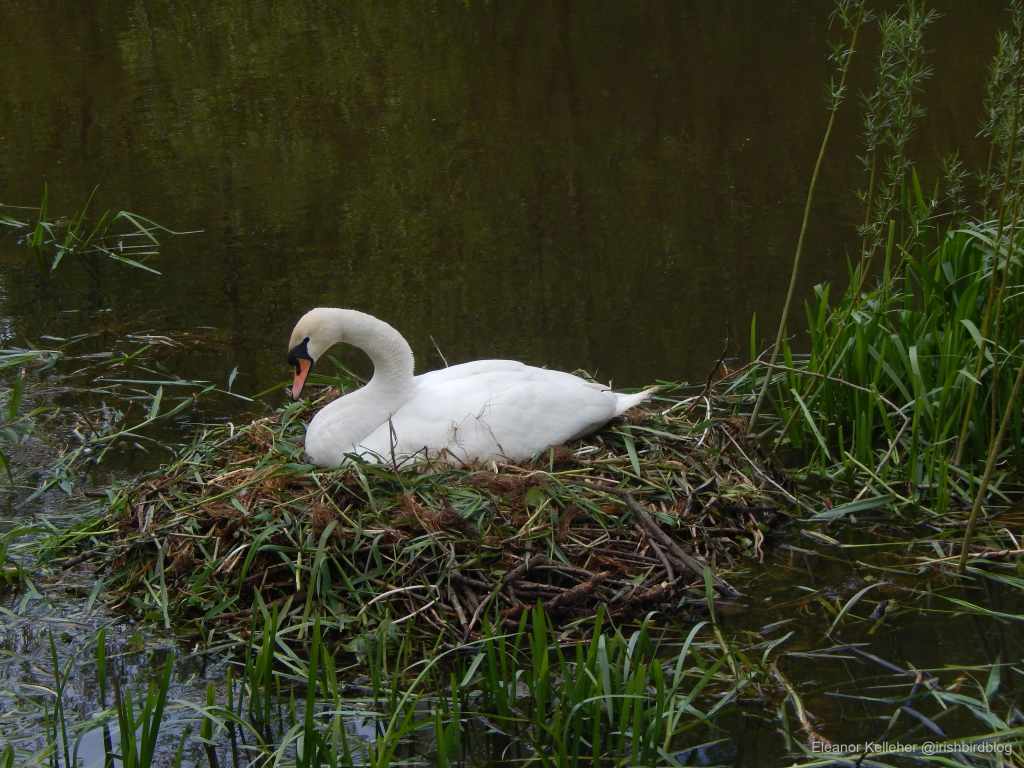
Swans are large and they are very much in charge. They use their size and strength to defend their territories, nests, and chicks – things that they are fiercely protective of. Their attack patterns consist of beating an adversary with their massive wings, jabbing them with their bony spurs, and lashing out with their bills to bite. Intruding smaller waterfowl will typically be grabbed by the neck and flung clear of the swan’s nest or offspring, while larger foes will be drowned by the swan climbing on top of them and pecking at their neck to force their head underwater.
These birds do not play nice and do not mess around once they’re on the offensive, so stay well clear of them, especially during breeding season and near their eggs. It should be easy to do since swan nests are easy to recognise, and a pair of swans will reuse the same nest year after year. They look like large mounds of reeds, rushes, and other bits of vegetation, with a swan usually plopped right on top, like whipped cream on a chocolate cake.
Male swans are called cobs, females are known as pens, and swan chicks are cygnets. Cygnets are fast-growers and will reach their parents size in just 3 months! They’re bound to the mud and water until they reach half a year old, at which point they learn how to fly. For those of you familiar with the tale of The Ugly Duckling, you know these fluffy grey babies turn into elegant snow-white adults after a year has passed, although it’s a much more gradual process than that book would lead you to believe. Even swans have a patchy teenage phase.
They live for a very long time, usually over 20 years. The oldest swan in Ireland lived to be 29, and the oldest recorded swan of all time died at age 40 in Denmark! Being such long-lived birds, they are gentle souls, despite their awesome power. They’re monogamous and are known for their ability to grieve for their lost partners and cygnets.
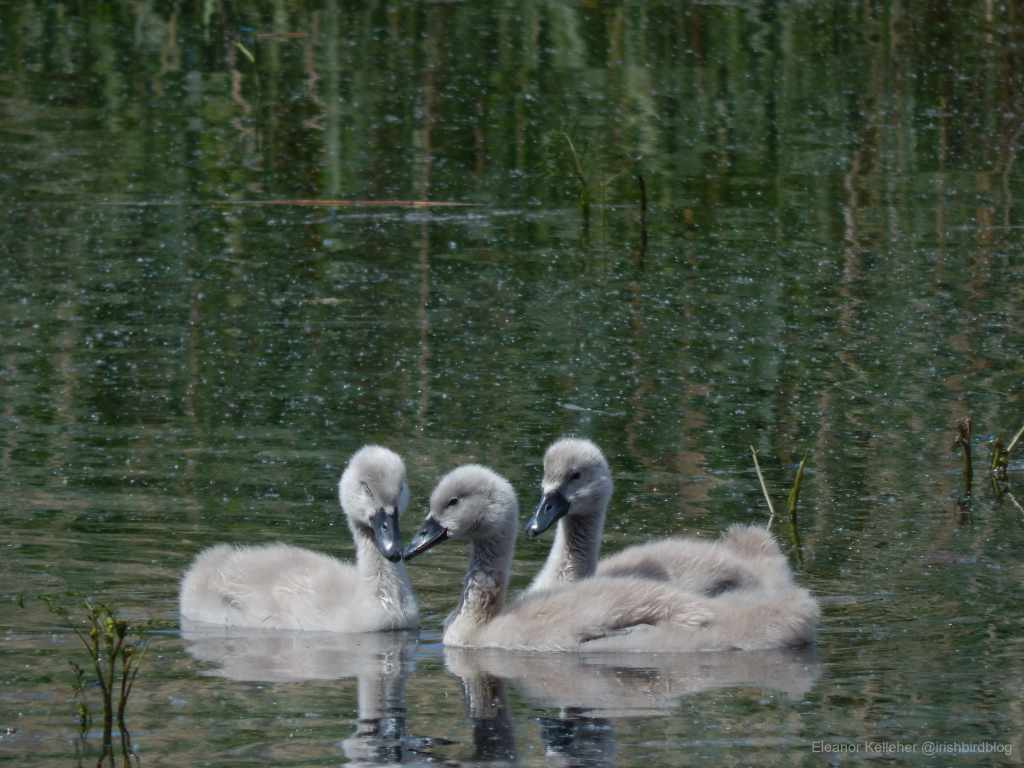
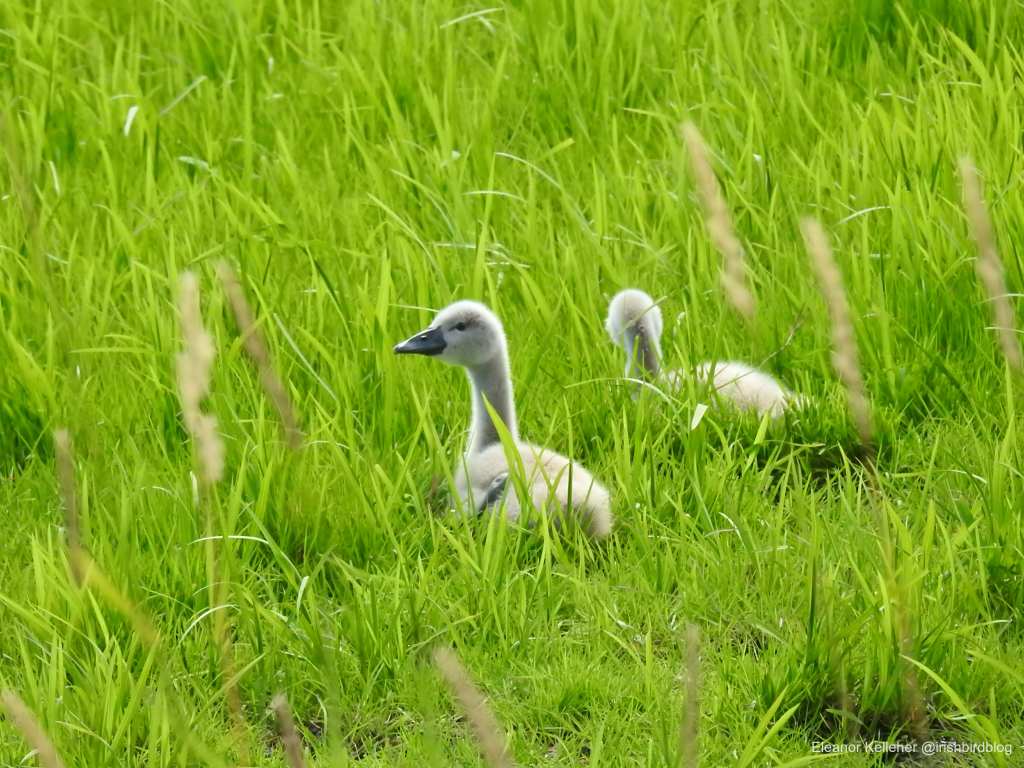

Swans are large and in charge, and that makes them iconic. They show up in dozens of legends throughout human history. I’ve already mentioned The Ugly Duckling by Hans Christian Andersen and there’s also Swan Lake by Pyotr Ilyich Tchaikovsky, one of the most popular ballets of all time. But we can go back even further than the 1800s and see mentions of them. Like in Greek mythology, the beautiful Helen of Troy was said to be the daughter of Leda and Zeus, who only managed to convince Leda to sleep with him after he transformed himself into a swan (maybe we should start referring to male preening as ‘swanning’ instead of ‘peacocking’?).
Here at home, we’ve got lots of mentions of swans in our stories and legends. They were the subject of W.B. Yeats’s poem The Wild Swans at Coole, a poem that carries a chill and speaks to something melancholic that’s in the air around this time of year. Then they show up in the stories of Cú Chulainn, where a Scandinavian princess falls in love with him and turns herself and her maidens into swans so they can travel to be near him (I won’t spoil the ending of this one, just in case). Finally, we have their most well-known appearance in the legend of The Children of Lir, where the children of the Irish king Lir are cursed by their stepmother to live as swans for 900 years.


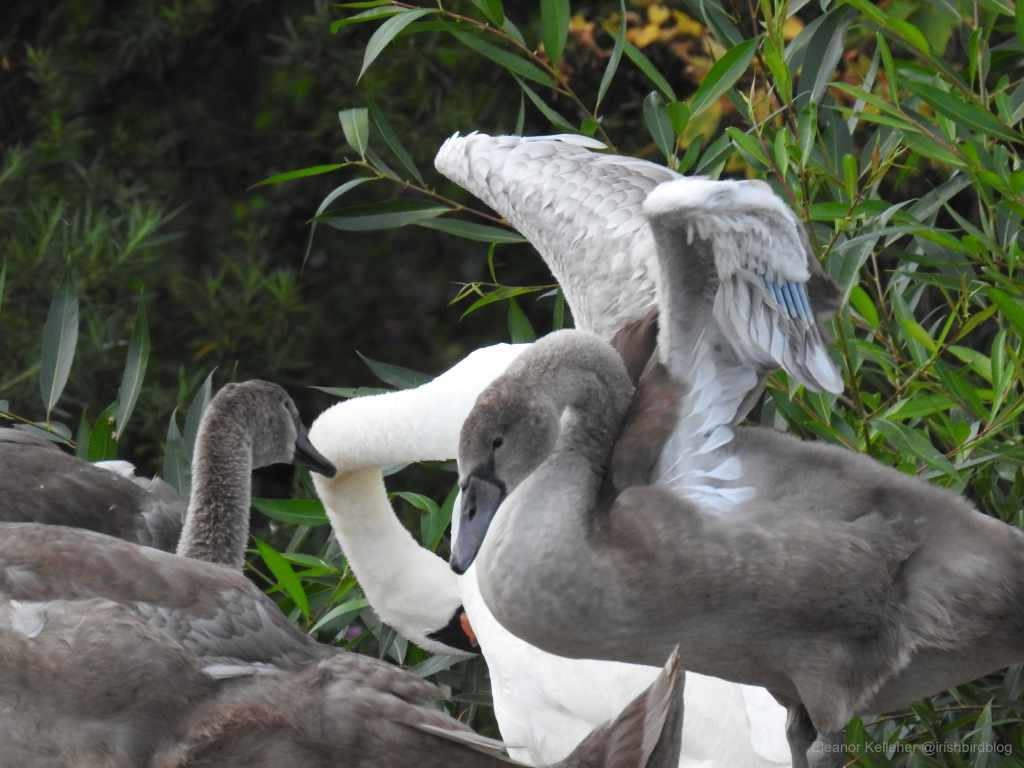
Swans are large, in charge, and their iconic form has attracted the attention of some important people. In the UK (and Ireland, before our independence) mute swans were actually domesticated for food! Birds would be marked with a distinguishing nick on their feet or beaks to indicate who they belonged to. These marks would then be registered with the Crown and a “royal swanherd” was appointed to care for them. Any birds without a mark were declared property of the Crown, which led to swans becoming known as the “royal bird”. Between 1450 and 1600, there were 630 different swan marks registered for the swans residing in London alone. Imagine trying to come up with a mark that was small enough to fit on a foot or beak and one that wasn’t already taken by someone else.
Though swans were domesticated for food, they were mostly eaten as a special dish at festivals by nobility. They were especially popular at Christmas, where they would be served in large numbers. Famously, 40 swans were ordered for Henry III’s Christmas celebrations in 1247 at Winchester. This practice lasted until the 18th century, when goose took over as the main dish at Christmas, before it was usurped by turkey. Nowadays, swans are protected under the 1981 Wildlife and Countryside Act in the UK, and the 1976 Wildlife Act in Ireland, so before you get any weird ideas, no, they can no longer be eaten.

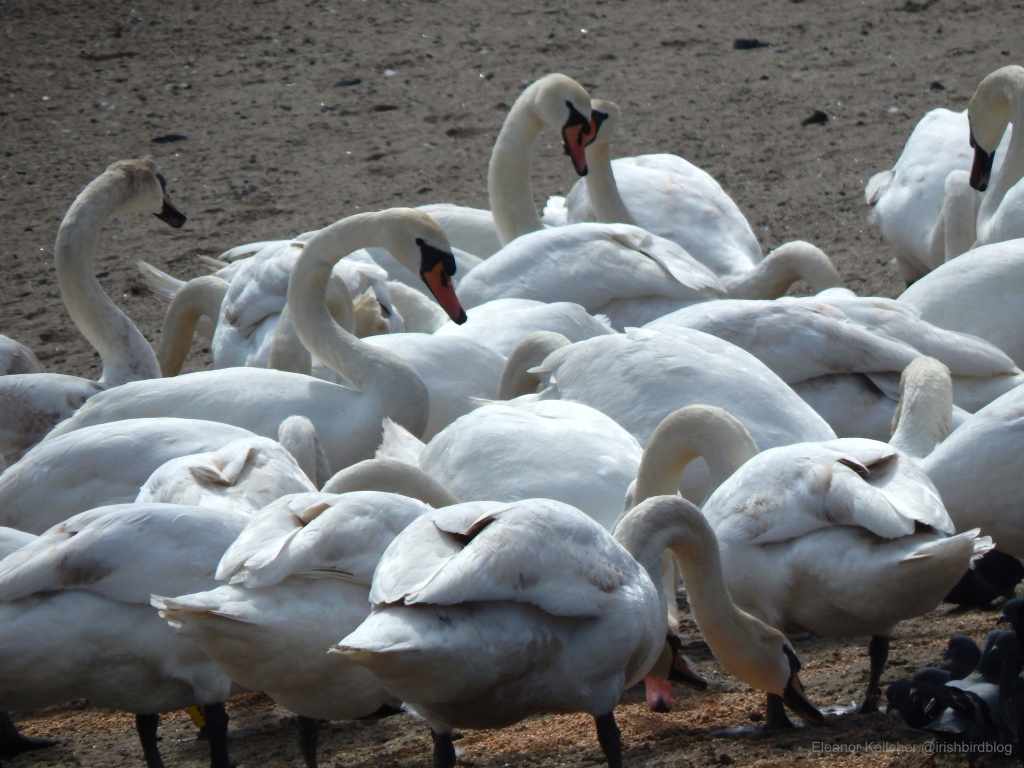
Swans are currently listed as amber conservation status by BirdWatch Ireland. One thing that may be contributing to their waning numbers is their presence in urban areas and their familiarity with people. If you’re going to feed swans, please don’t feed them bread! It can lead to a condition called ‘angel wing’ which leaves their wings twisted and deformed, or ‘pink feather disease’ which results in brittle damaged wings caused by fungus from mouldy bread. Instead, feed them oats, corn, peas, chopped salad leaves, or grapes (cut in half!). Swans will mostly dine on aquatic vegetation but they really aren’t picky, and have been known to eat grains, insects, fish, and even frogs! So let’s give these big beauties the respect they deserve and not make life any harder for them than we already have across the centuries.

very interesting and insightful read. simply swantacular
LikeLiked by 1 person